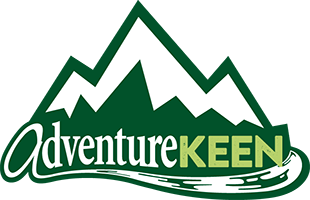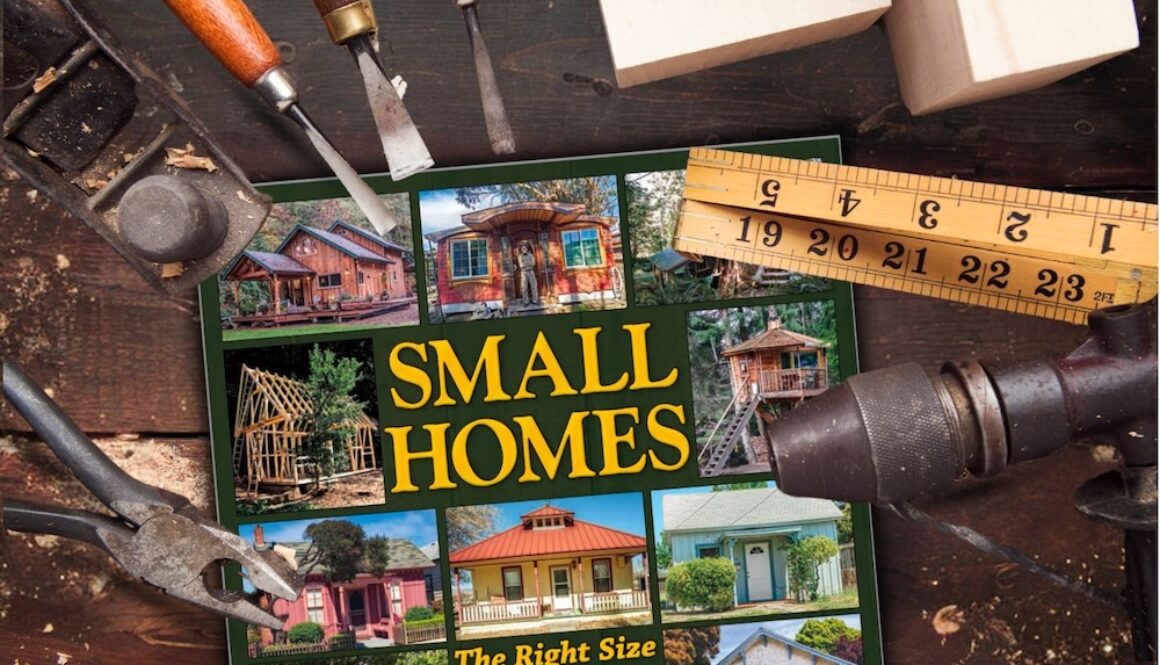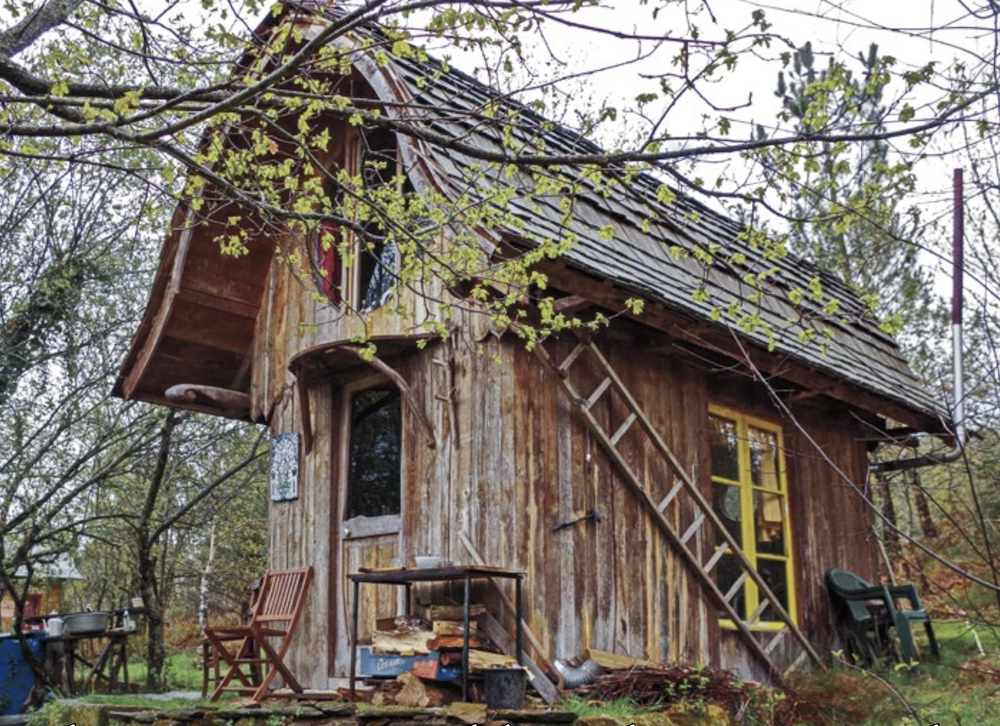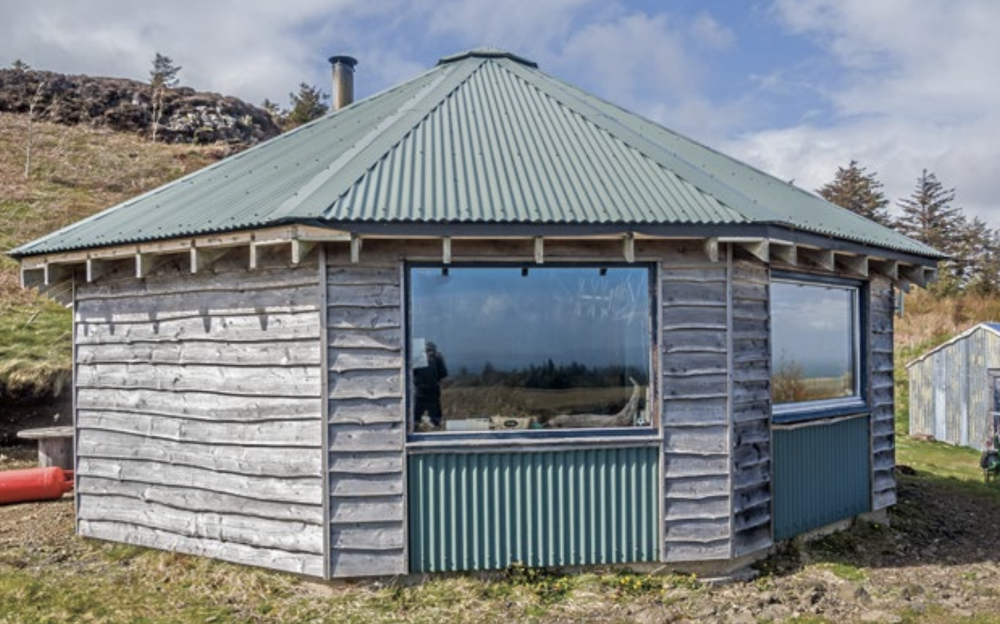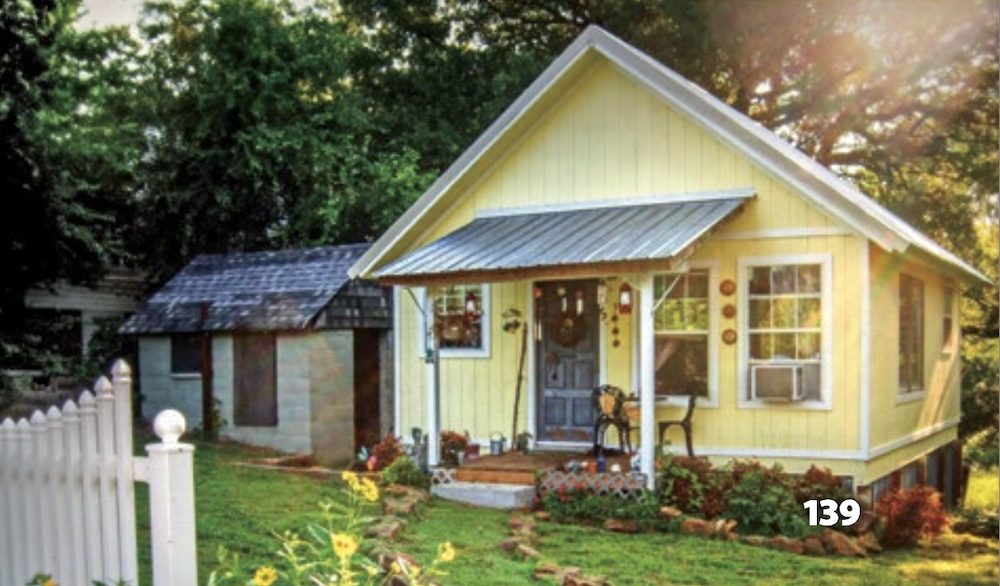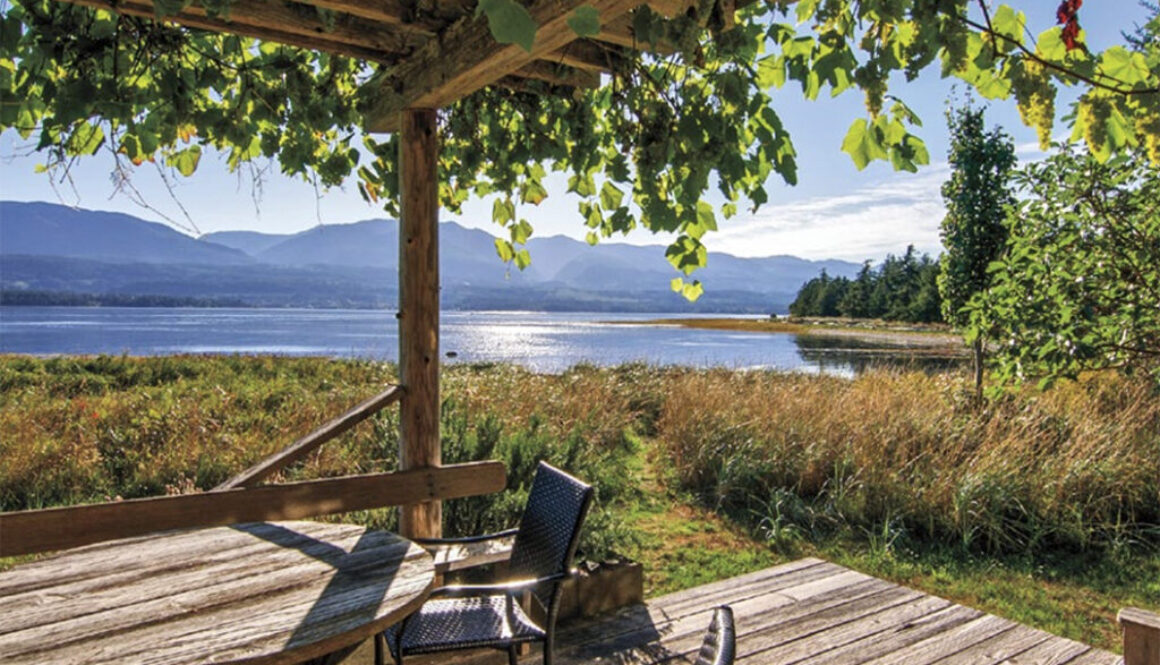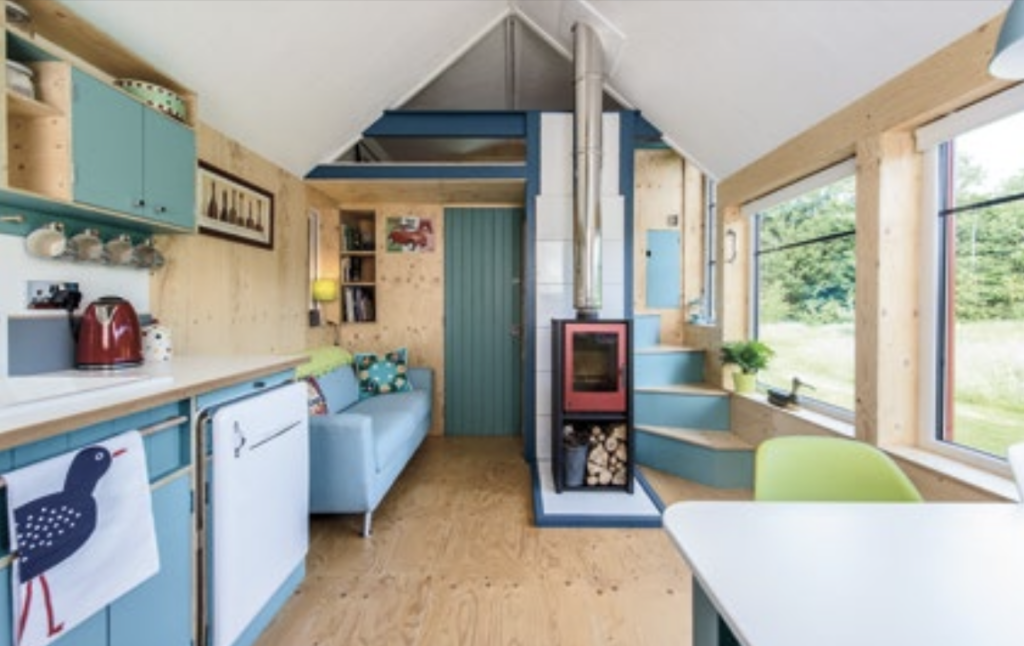Escape to Nature This Year for Your Health
Spending time outdoors is vital for a healthy lifestyle. Nature offers many benefits that contribute to our well-being, from physical health improvements to mental clarity and emotional balance. These outdoor experiences can enrich our lives in many ways, and it is essential to prioritize getting outside in the new year.
Physical, Mental, and Emotional Health Benefits
Spending time in nature has been linked to numerous physical health benefits. Studies have shown that spending time outdoors can lower blood pressure, reduce the risk of heart disease, and improve overall fitness. Activities like hiking and biking in natural settings certainly contribute to better physical health.
Nature has a profound impact on our mental health as well. Research indicates that spending time in natural environments, whether while birding, paddling, or simply walking, can reduce stress, anxiety, and symptoms of depression. Nature’s calming effect can also improve mood, increase attention span, and enhance overall cognitive function.

For physical health, regular engagement with nature through activities like hiking, bird-watching, and outdoor exploration can provide gentle yet effective exercise. These activities offer opportunities for movement while simultaneously delivering mental health benefits.
Routine Ideas
Incorporate nature into your self-care routine with these suggested approaches:
- Start with accessible spaces. Even small patches of green in urban areas can provide connections to nature.
- Join community groups that organize nature activities.
- Practice mindful observation through activities like bird-watching.
- Use nature as a space for quiet reflection and stress relief.
- Combine physical activity with nature exposure through walks or hikes.
- Create regular routines that incorporate time outdoors.

On days when you can’t make it outside, you can read about nature! If you need inspiration, opt for a book from our Meditations series. These titles contain nature writing and essays from Ralph Waldo Emerson, John Muir, Henry David Thoreau, and Walt Whitman. Let the words enrich your experience as you ponder the wilderness from riverbank, mountaintop, or beside a campfire.
The Planet, Activism, and Self-Care
While nature’s healing benefits are universal, it is important to recognize that environmental health and human health are intrinsically linked. People the Planet Needs Now, by Dudley Edmondson, is an essential publication on the importance of environmental justice, highlighting the work of Black and Brown activists. For example, Nicole Jackson, founder of N Her Nature LLC, emphasizes the therapeutic potential of nature, particularly for Black women dealing with toxic stress in both their personal and professional lives. Through her work, she demonstrates how activities like bird-watching, nature walks, and wellness programs can help individuals create their own “self-care toolbox.” Nicole’s approach reveals how nature can serve as a centering force, providing peace and learning opportunities without the need for verbal expression.

Nature offers a powerful, holistic approach to health and wellness. Whether dealing with physical ailments, mental health challenges, or emotional stress, connecting with the natural world can provide relief, restoration, and renewal. Nature isn’t just a luxury, it’s an essential component of human health and well-being.
